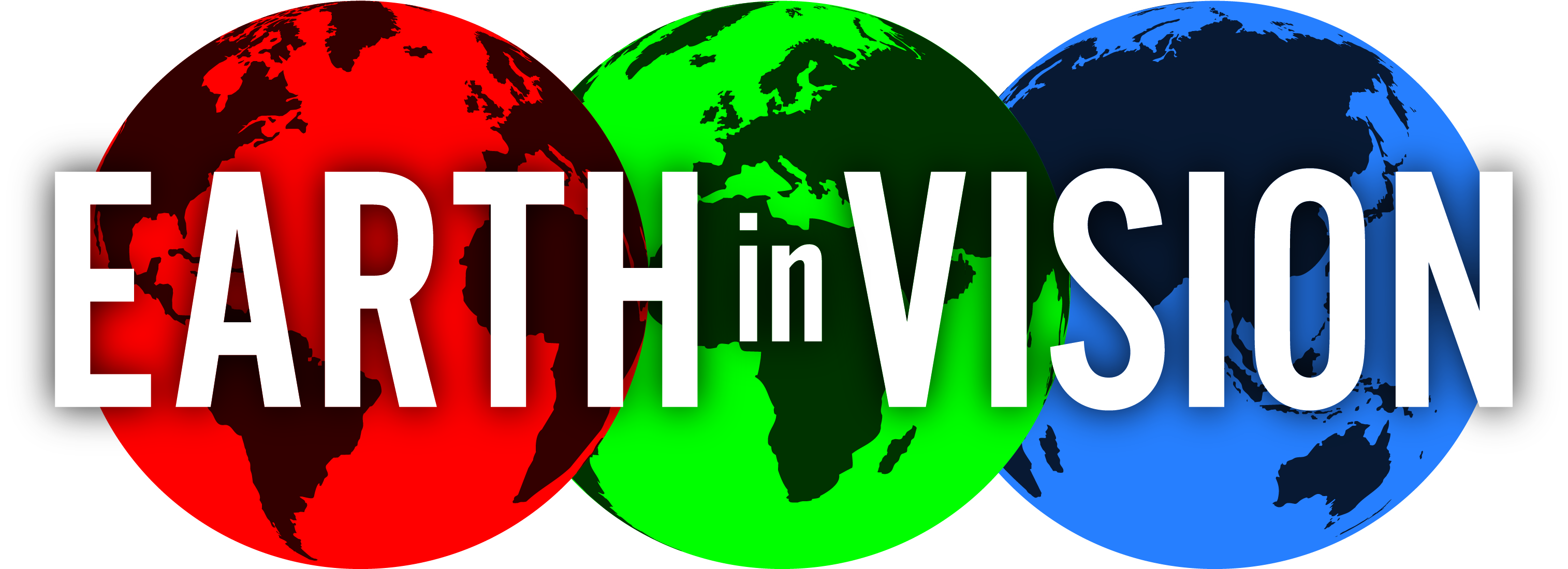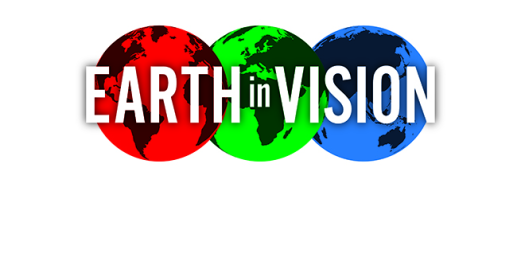Transcript
Earth in Vision Project
Joe Smith Interview
My name is Joe Smith and I’m Professor of Environment and Society at The Open University.
Introducing the Earth in Vision project
We’ve gathered together a body of more than 20 interviews from the leading figures across 60 years of natural history and environmental programme making. You could call it a natural history of natural history, and one of the things I really love about the collection is that we go all the way from Desmond Morris and David Attenborough to digital natives who are working in entirely new ways with their media. I think that we hope that a whole range of people will find this material useful. Of course we, as scholars, have found it fantastically interesting, historians, geographers, environmental researchers as we are, but we’re also really confident that teachers and learners in schools and universities are going to draw on this material.
There’s another category we didn’t think of before we started, and that’s the world of natural history and environment filmmaking, both the professionals but also those people who are using the lavish freedoms of digital media to make their own material and share it. What we realise is that we actually have an incredibly useful teaching resource here, for free, for all of those people. So if you want to be taught how to make a natural history programme by David Attenborough we can help you with that.
Now, it’s not the only stuff that we’re gathering together for the Earth in Vision Project, so we’ve got the 20 interviews but we’ve also got a body of material that we’ve dug around in from the Caversham archives. The Caversham archives are the BBC’s paper archives. So almost every programme they’ve made has some detail within it, ranging from David Attenborough, again, ordering his safari suit, through to actually it might be legal challenges, it might be the risk assessment for a bunch of school children in the late sixties being taken out to see a nuclear fission experiment, or rather a mock-up of. So really rich mix of materials, we’ve got clips from the materials themselves which people can reversion, they can do their own work with them. And we’ve actually been running workshops with people to test out what people might want to do with digital broadcast archives. A couple of examples, we had a, I think, seven-year-old putting a new script on top of a piece of footage; he described it as the best thing he’d done all year. In the same period we also took the very first Gardeners’ Question Time to a gardening club, a rather different demographic, and we talked to them about what they would want to do with this material and tips on when to prune were high up the list.
That gives you a bit of a sense of the range of audiences, but actually it’s probably fair to also tell you what some of the biggest questions that are in our mind as researchers are, and I think the biggest one for me is that there’s this sense underlying a lot of this content that you’re seeing again and again, 60 years, 50 years of the ‘end of the world’ show, a rather repetitive sense that crisis is just around the corner. Now actually I know, from looking at the sources that have informed these programmes that these are well grounded in academic research, and of course we also know that there has been devastating changes in the natural world across this period. But it’s not enough to leave people on their sofas depressed beyond the capacity to act. And I think the other thing we have looked for in the archive is evidence of really skilled storytelling, really a great editorial ear for how you can tell people the difficult stuff but also equip them to be prepared to respond, to act. And I think this archive, taken as a whole, is also a story of humanity learning about its new place in the world.
What’s the purpose of the Earth in Vision project?
There are two things we’re trying to do with the project; on the one hand we want to tell new environmental histories and new environmental politics informed by broadcasting. So for the first time researchers have been able to look, in detail, at the programmes themselves, the paper archives around them and interview people involved in making this stuff. So that helps to place the media in relation to unfolding environmental politics. But we’ve been increasingly interested with our second objective as we’ve gone along, and that’s to ask a question about what the public, what citizens, what teachers and learners might do with digital broadcast archives. So it’s particularly important in relation to environmental issues, but actually it counts for any number of issues. This massive cultural treasure-house is sitting there behind a great big lead door and we’ve been trying to test some questions about what people might do if we opened that door.
What did you learn from the Earth in Vision project?
The combination of working with the broadcast materials themselves, interviewing people who sometimes made the stuff you’re looking at, leaving into this the paper archives and some of the publications that people were reading to prepare to make these programmes, it does throw up some real treats other than the obvious joys of seeing how people sounded and looked in the late 1950s or early ‘60s. I think for me the most fascinating thing is to see how the way I think about environmental change issues has been formed by media makers. I’ve very much been reading my own biography, my own relationship with the topic as I’ve been working with these mass-mediated products. So whether it’s interviewing David Attenborough, which of course is one of my favourite days at work ever, and indeed Desmond Morris, fantastic interview there as well, or talking with young filmmakers, media makers is probably a better phrase, today, about how they are absolutely matching the Attenboroughs of this world for innovation and creativity in terms of how they’ll tell the stories.
What is special about the project?
What we think is unique about this body of interviews is that we’ve got both natural history and environmental programme making, but also we’ve got every part of the media ecology. So we’ve got presenters but we’ve also got producers, we’ve got sound editors, we’ve got film editors, we’ve got people who work sourcing archive, so that’s the whole media ecology behind natural history and environment programme making.
How does Earth in Vision compare with the ARKive project?
There are nice examples, for example the ARKive, A-R-K-I-V-E, body of interviews, but they concentrate on natural history and we have taken a wider view and we’ve also taken a wider view of who we think is relevant. So we’re not just interviewing a handful of producers and presenters; we’re trying to put the whole picture together including the archivists, sound editors, the whole bit.
Planet Earth: Are you an optimist or pessimist?
I wrote the optimism or pessimism question so I really should have an answer by now a few years on. I think that hopefulness is an obligation and you cannot but feel a deep sense of frustration at the waste and suffering that we achieve and to no great effect. But at the same time you don’t have to look very far for stories that demonstrate that on the whole these are problems we can almost certainly fix, so I’ll just take one example and that’s Newsround. So BBC’s Newsround is my go-to programme for a careful editorial ear for what it is to receive this news, because they make their news for children they have to consider that really carefully. And I think all of us involved in media production around environmental change need to have a really sharp ear for how we can present pictures and words that are honest to the truth of the thing, which is that we do face really intense challenges across the next 20 years. But also honest to the fact that actually climate change particularly is probably driving more innovation across more sectors (architecture, fashion, design, engineering) than any single thing in the last 60 years with perhaps the exception of the internet.
So optimism, pessimism, I hold them probably pretty evenly in each hand.
Explore more...
-
Earth in Vision
Learn more to access more details of Earth in VisionInterviews with media producers, from the icons Sir David Attenborough & Desmond Morris, to new digital natives. This is an important historical collection and a powerful resource for anyone wanting to make or think about environmental media.

External link
-
About Earth In Vision
Read now to access more details of About Earth In VisionThe Earth in Vision project explores the BBC archives of environment themed television and radio programmes from the last 70 years, looking at the potential of these archives as a digital resource as well as to illustrate the potential of digital broadcast archives for researchers.

Article
Level: 1 Introductory
Rate and Review
Rate this video
Review this video
Log into OpenLearn to leave reviews and join in the conversation.
Video reviews